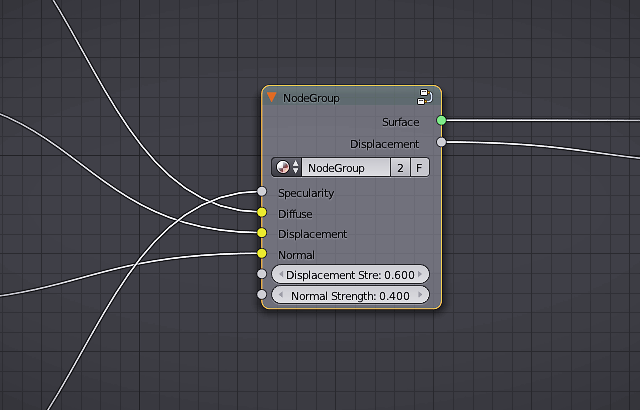
Heroku generates a random name (in this case sharp-rain-871) for your app, or you can pass a parameter to specify your own app name.

When you create an app, a git remote (called heroku) is also created and associated with your local git repository. In this step you will deploy the app to Heroku.Ĭreate an app on Heroku, which prepares Heroku to receive your source code. You now have a functioning Git repository that contains a simple application as well as a package.json file, which is used by Node’s dependency manager. To clone a local version of the sample application that you can then deploy to Heroku, execute the following commands in your local command shell or terminal: $ git clone
#Quick node how to
To learn how to prepare it for Heroku deployment. However, if you have your own existing application that you want to deploy If you are new to Heroku, it is recommended that youĬomplete this tutorial using the Heroku-provided sample application. In this step, you will prepare a sample application that’s ready to be deployed to Heroku.
#Quick node install
If you don’t have it, install a more recent version of Node: $ npm -version
.png)
Npm is installed with Node, so check that it’s there. This tutorial will work for any version of Node greater than 10 - check that it’s there: $ node -version (Your versions might be different from the example.) If no version is returned, go back to the introduction of this tutorial and install the prerequisites.Īll of the following local setup will be required to complete the “Declare app dependencies” and subsequent steps. Type each command below and make sure it displays the version you have installed. #include #include #include #include #include "rclcpp/rclcpp.hpp" #include "std_msgs/msg/string.hpp" using namespace std :: chrono_literals /* This example creates a subclass of Node and uses std::bind() to register a * member function as a callback from the timer.If you’re behind a firewall that requires use of a proxy to connect with external HTTP/HTTPS services, you can set the HTTP_PROXY or HTTPS_PROXY environment variables in your local development environment before running the heroku command.īefore you continue, check that you have the prerequisites installed properly.


Integrating launch files into ROS 2 packages.Composing multiple nodes in a single process.Writing an action server and client (Python).Writing an action server and client (C++).Writing a simple service and client (Python).Writing a simple service and client (C++).Writing a simple publisher and subscriber (Python).Writing a simple publisher and subscriber (C++).ROS 2 Iron Irwini (codename ‘iron’ May, 2023).


 0 kommentar(er)
0 kommentar(er)
